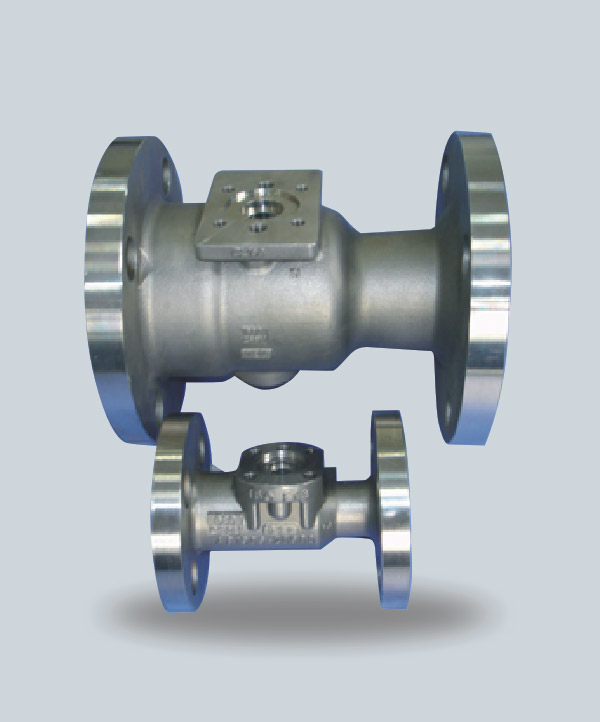Since the shortening of fine casting of Stainless Steel Casting Valve Body greatly exceeds that of cast iron, in order to avoid the defects of shrinkage and shrinkage of the casting, the riser and cold iron and subsidies are mostly used in the casting process to complete the order condensation.
In order to avoid the defects of shrinkage, shrinkage, porosity and crack in OEM Casting Valve Body castings, the wall thickness should be uniform, the sharp angle and right angle structure should be avoided, the sawdust should be added to the molding sand, the coke should be added to the core, and the hollow type should be selected. Core and oil sand core, etc. to improve the concession and breathability of the sand or core.
Due to the poor fluidity of the molten steel, in order to avoid the lack of cold separation and pouring of the steel castings, the wall thickness of the steel castings should not be less than 8 mm; dry casting or hot casting type is selected; the pouring temperature is appropriately improved, generally 1520 ° ~ 1600 ° C Due to the high pouring temperature, the molten steel has a high degree of superheat and a long liquid retention time, and the fluidity can be improved. However, if the pouring temperature is too high, it will cause defects such as coarse grains, hot cracks, pores and sand.
Therefore, the casting temperature of small, thin-walled and chaotic fine castings is about +150 ° C of the melting point of steel; the structure of the casting system is simple and the section size is larger than that of cast iron; the pouring temperature of large and thick-walled castings It is about 100 ° C higher than its melting point.
